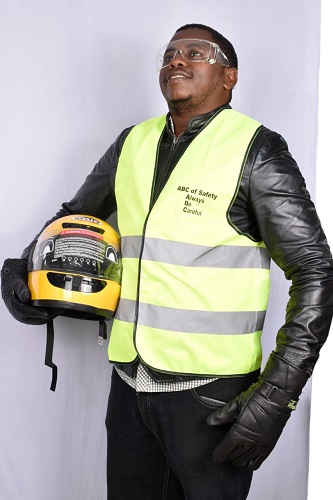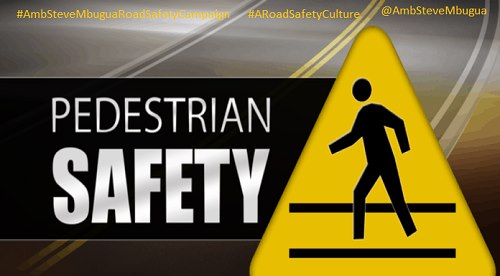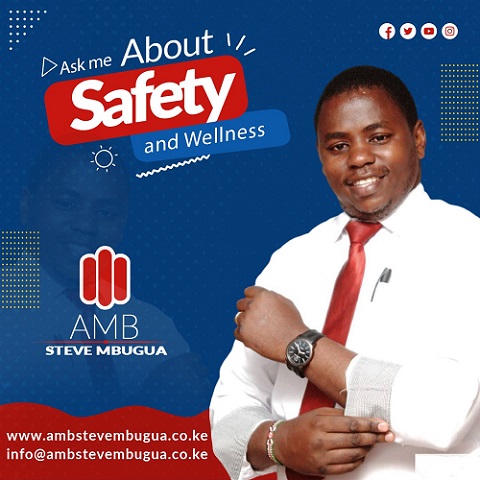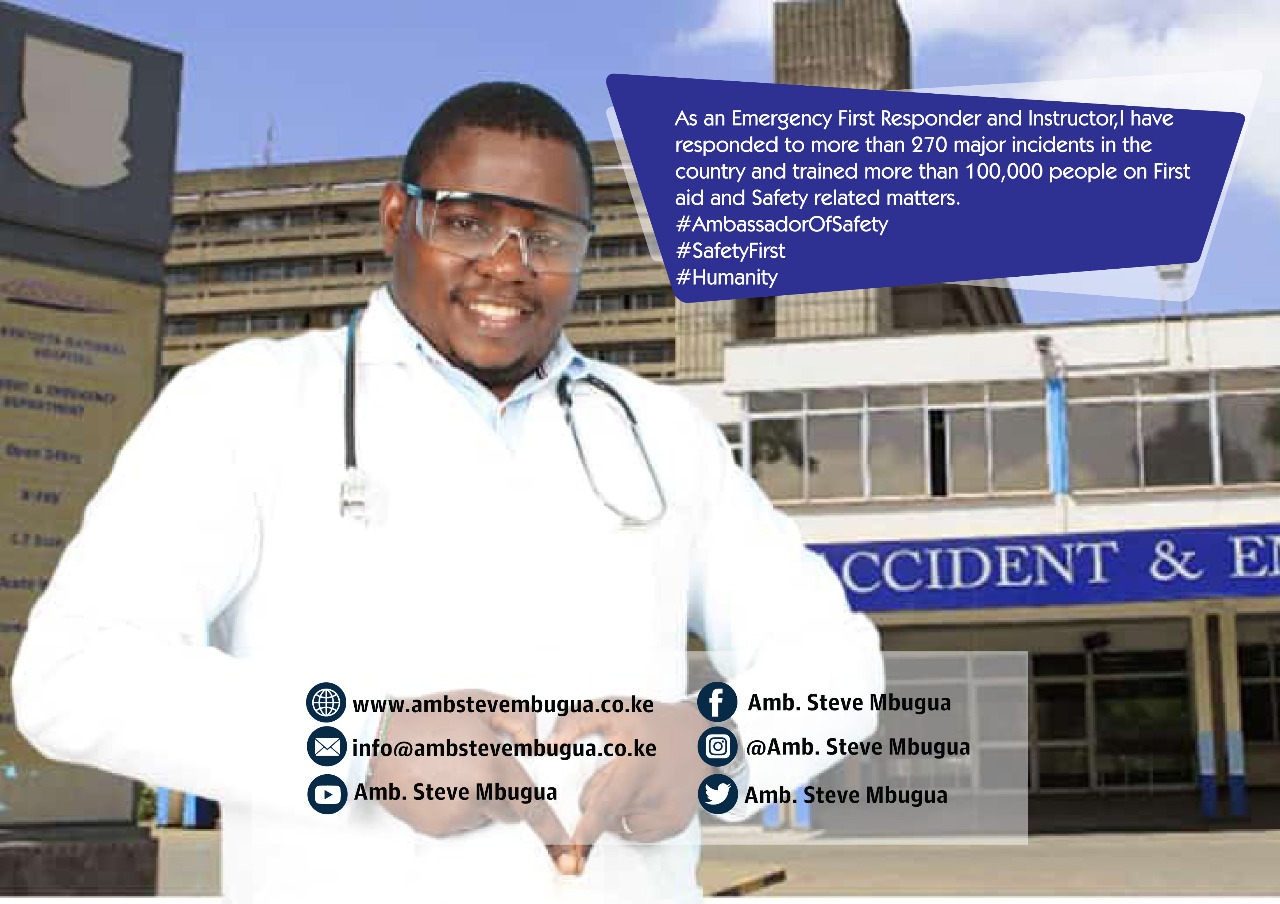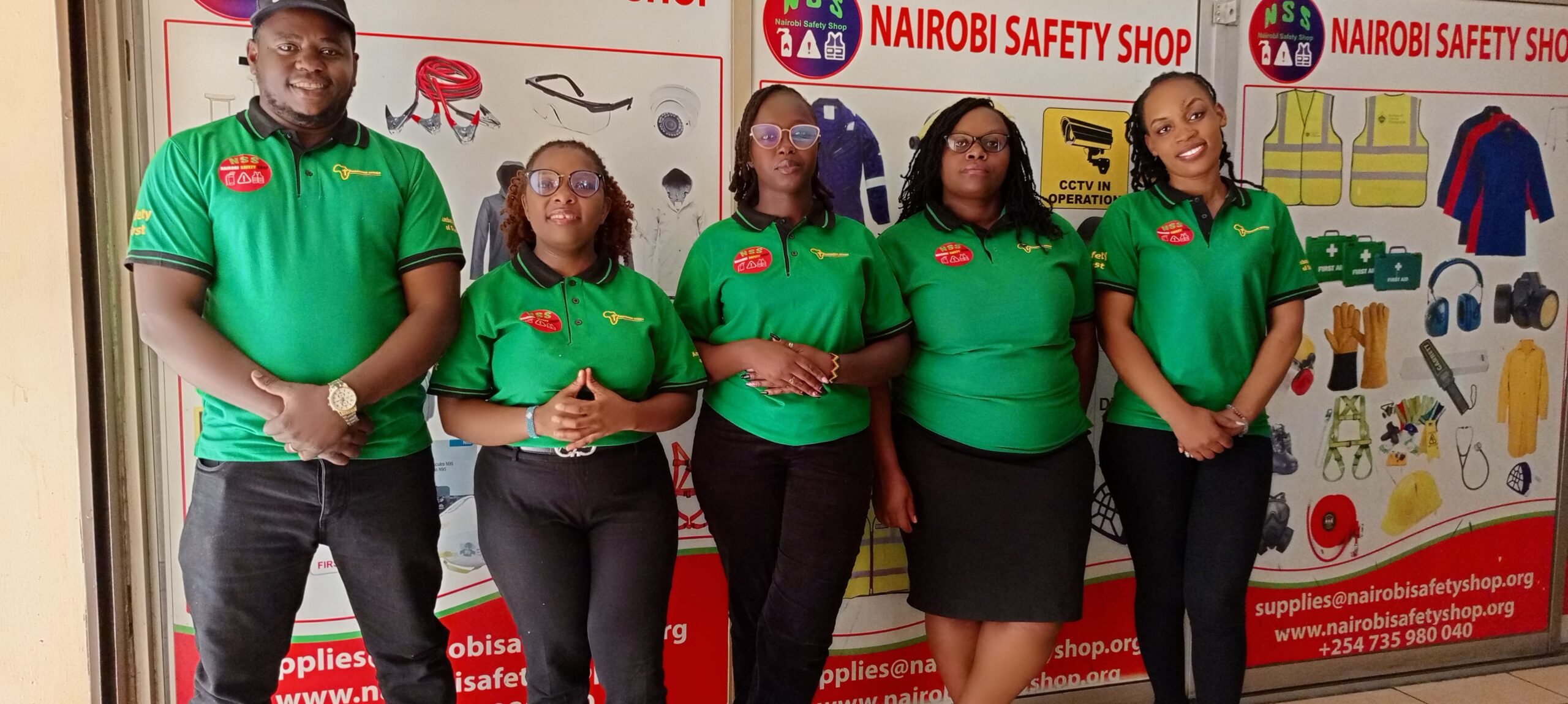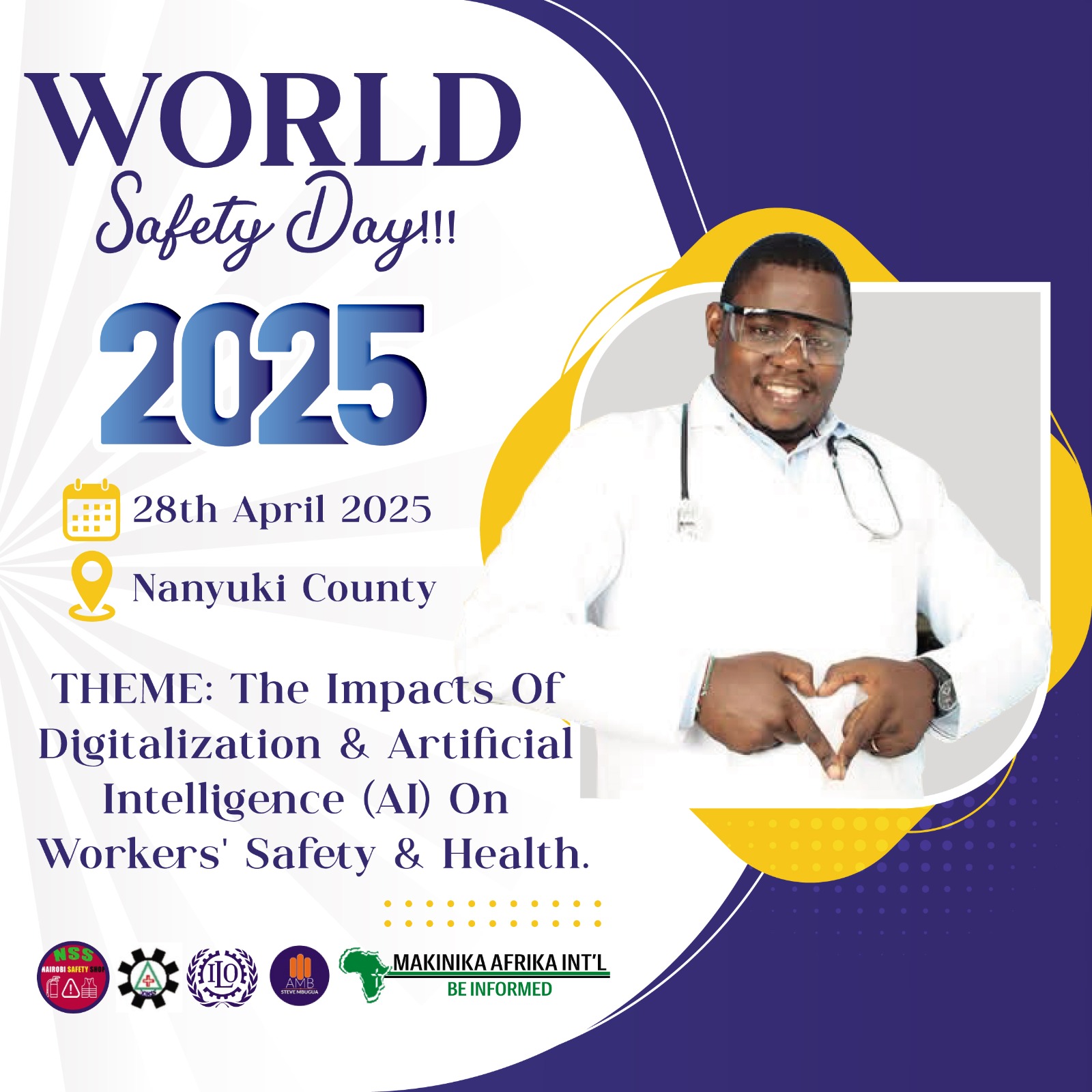CHURCH SAFETY AND SECURITY
I have been seeing people wonder why every time I visit any new church, institution, hotel or company I must go round the premise inspecting the Fire Extinguishers, Signages, check their packing and how vehicles are packed, interact with the security team and ushers(for worship places) and become a bit tough on them if security procedures and generally acceptable guidelines are not followed.
I do not work on behalf of the government and don’t do all these things to get paid but because my mission is to help build a culture of Safety at all places, all the time and this is one virtue that I live for and so anytime you see me around checking if your extinguishers are appropriately mounted, serviced and whether the security guards are doing the right threat searches, please appreciate the effort because it is one of the avenue I use to serve God. I serve HIM as an Ambassador of Safety because once people do the right things then we won’t be losing some of the lives that we needlessly loose.
As a safety ambassador, I take calculated action and cautionary measures to help eliminate preventable trauma, workplace related illness and injuries to workers and any person that visits the workplace or any premises. I am in a mission to help build a CULTURE of Safety. Generally, a safety culture is viewed as an organization’s shared perceptions, beliefs, values, and attitudes that combine to create a commitment to safety and an effort to minimize harm. This is by helping build a positive mindset and perception towards being personally responsible for the environment around.
Some Church Security Policies
1. Develop a church security plan – All Security teams, ushering, protocol and heads of the various departments should well understand it.
2. Install video surveillance – Have a designated operator who will always keep an eye on what is happening around the compound including children playing, people taking a long time in washrooms, movements in and outside the premises and uncouth behaviors.
3. Create a security policy in event of a fire or other incident – This including terror attack, overcrowding and stumped, death, accidents inside and around the premise, food poisoning etc. This includes even communication of information and limiting the public from recording and sharing via social media.
4. Design a plan to cooperate with local law enforcement – Have active emergency numbers for hospitals around, police stations, Fire brigade office, County Disaster Management office etc
5. Train church leaders about security aspects – This is both Prevention, Preparation and Response to incidents in a manner that is Safe, Prompt and Effective using the generally acceptable guidelines.
6. Separate public and private WiFi use – Cyber security and use of internet to hack systems and also misuse of internet leading to crime and other behaviors is becoming very common in institutions, workplaces and places of worship.
You can read my publication on Church Health, Safety and Security by clicking https://www.ambstevembugua.co.ke/the-art-of-effective-church-ushering/
A positive safety culture can result in improved workplace health and safety (WHS) and organizational performance. A safety culture is both an individual and collective responsibility.
There are several types of culture:-
1. Forced culture
2. Protective culture
3. Involved culture
4. Integral culture.
My focus is on involved and integral culture where you don’t need to be forced or followed but the discipline is in you.
When driving on the road, courtesy and discipline should be in you. You don’t react to prove yourself but should be proactive, careful, alert and responsible. You don’t observe speed limit or put on safety belts because of the traffic police or NTSA team but because it is the right thing to do. You don’t have to wait when you will have a fire incident to think of acquiring Fire Extinguishers or wait until the NCA, KENHA or DOSHS Inspectors come at the site to provide Personal Protective Equipment to your workers but this should be your priority. Your Safety and that of other people around should be your priority. It is not about enforcement or compliance but best practices and personal value and standards.
Tips on establishing and maintaining a strong and positive safety culture in your workplace
1. Communicate to staff and anyone who enters the premises. Have Signs around indicating Exit routes, Fire Assembly Point, Directions, Packing and special packing areas, No smoking or alcohol free zone, slippery floors, Cctv cameras, any warning, caution and instruction that needs to be passed across.
2. Provide Training – There are different trainings such as First Aid, Fire Safety, Workplace Health and Safety, Church Safety, Security and Protocol, Ushering Training etc.
3. Lead by Example – Leaders of the different departments should take lead to set the standards and others will follow. Even putting of masks, washing of hands, going through security checks and following laid down safety procedures, if the leader observes the regulations all other people will follow suit.
4. Develop and Implement a Positive Reporting Process – Whether it is a church, hotel, learning institution or any workplace, there need to be people responsible and accountable and have a reporting procedure for near misses, incidents and threats.
5. Involve Workers – Safety Culture is both an individual and collective responsibility.
6. Have a Health and Safety Policy – Involve a professional Safety officer to help you design an Environmental Health, Safety and Security policy document that will be guiding the team.
When it comes to safety the person who is at risk for injury must be aware of the hazard and what can be done to control the hazard and prevent injury.
This is one of the three E’s of Safety:-
1. Evaluation – The foreman, supervisor, site engineer, project manager, Pastor, Security Incharge, Health and Safety officer etc should do a risk assessment to evaluate the hazards or risk around and come up with mitigation procedures e.g to remove, reduce or protect it from harming others.
2. Education – Creating of awareness for any person operating around there to ensure that necessary precautions are taken by each one.
3. Enforcement – Apart from external enforcement from government and other formal bodies, it is necessary to have approved individuals within the organization ensuring that all safety procedures are followed and necessary actions taken to offenders. E.g No one should enter a construction site without necessary protective equipment.
Basically what I do is enlighten and sensitize people on what they ought to do at a personal level, not because someone is watching but because it is the right thing to do. I help promote the culture of Safety. To promote something is to advance a cause or a program; to support it or to actively encourage. So when you tell your people to be safe, you are promoting safety. When you erect posters as safety reminders, you are promoting safety. When you hold a safety meeting, you are promoting safety. Remember, Safety is both an individual and collective responsibility and starts with Me/You/Us and it’s as simple as ABC (Always Be Careful).
Let is join hands in the building of a Culture of Safety and Wellness at all places and all the time. #SafetyFirst





